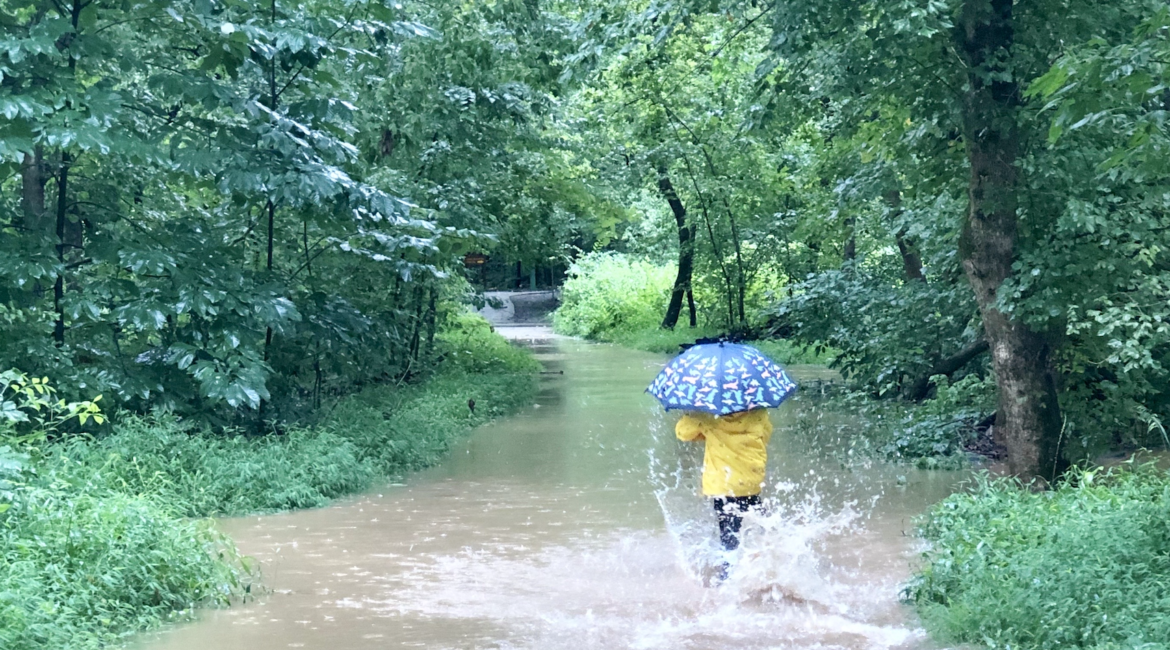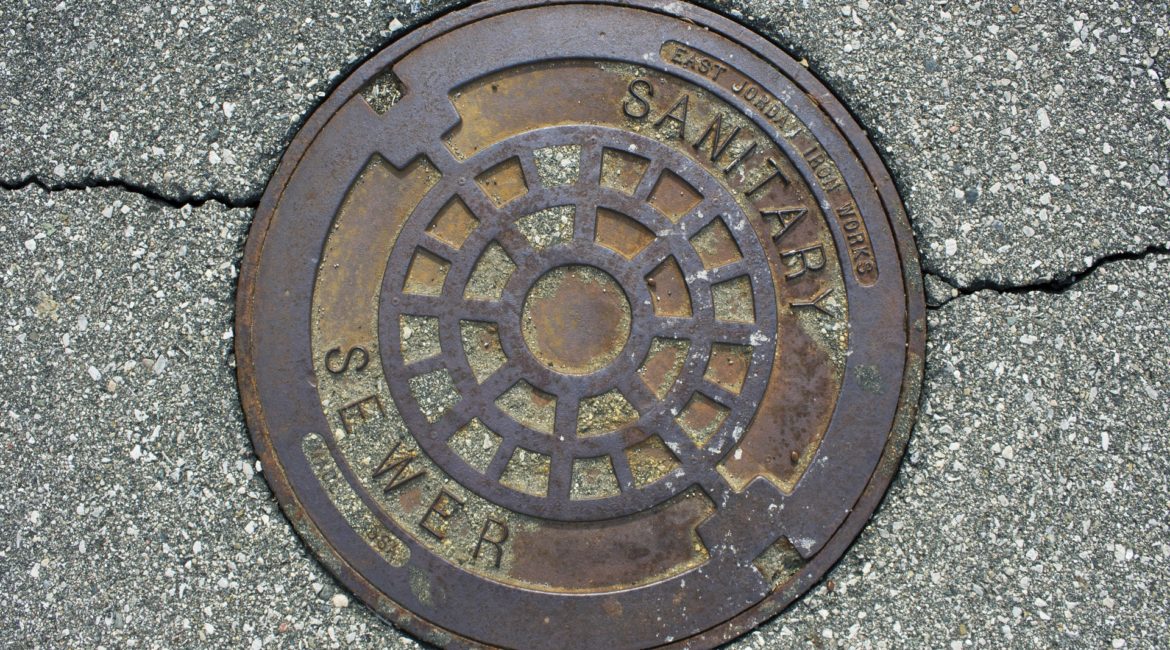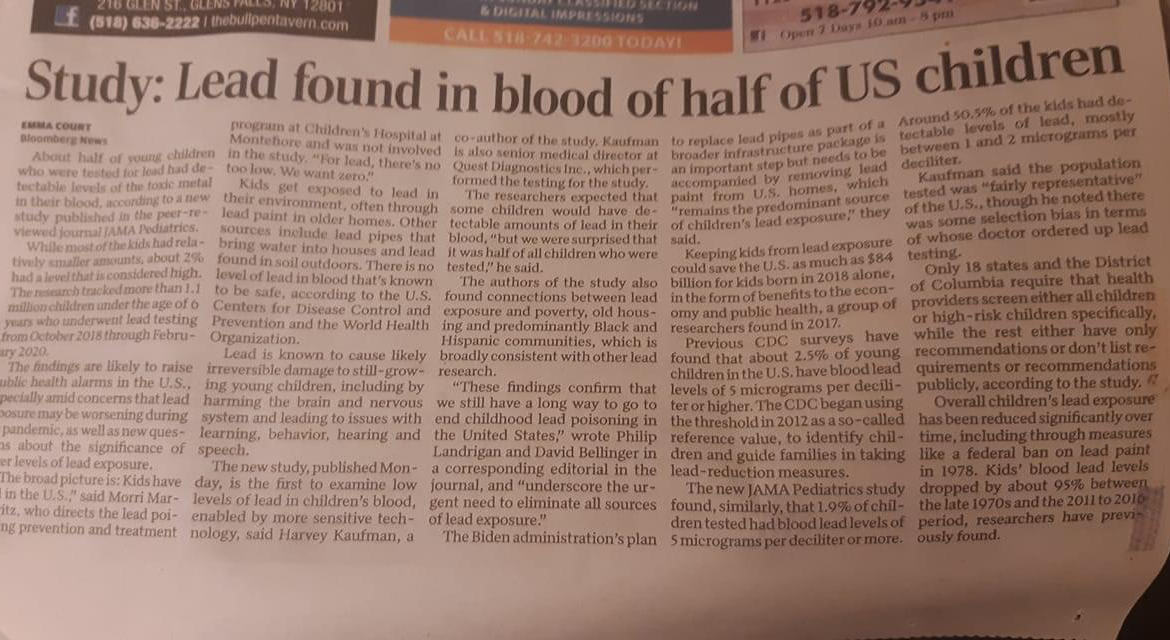I had the great good fortune last evening to attend a talk by Temple Grandin, a professor at Colorado State, and a leading advocate for persons with autism. I was fascinated during the question and answer period by the number of young people who asked intelligent questions about autism, in...
Blog
Article: A New, Lower Threshold for Lead Poisoning in Children Means More Kids Will Get Tested
The U.S. Centers for Disease Control and Prevention has updated its blood lead reference value – the level at which children ages 1-5 are considered to have high exposure to lead. Since 2012, this threshold had been set at 5 micrograms of lead per deciliter of blood; children at or...
We Have Opinions On: Climate Change
The State of New York currently has a Request for Proposals available for an administrator of a loan fund for a new residential loan program called Resilient Retrofits. Since this week is also when the world is meeting in Glasgow, Scotland to discuss climate change, talking about this RFP and...
We Have Opinions On: Popsicles and Perceptions
Sometimes, the process of creating change in your neighborhood starts with meeting your neighbors and engaging them in the conversation about how your community looks, how it works, and which of your neighbors struggle and why. It is extremely difficult to make a community-wide change on your own. In...
We Have Opinions On: Landscaping
On October 14th, the Cultural Landscape Foundation of Washington, DC awarded the Cornelia Oberlander International Landscape Architecture Prize. This is like the Nobel Prize for great thinkers on planting schemes. The inaugural prize was awarded to Julie Bargmann, founder of D.I.R.T. (which stands for Dump It Right There), a design...
We Have Opinions On: Details
It is amazing how often public life suffers because some fairly highly paid individual didn’t pay attention to the details. And because of those faulty details, everyone feels uncomfortable, even if they don’t know why. That was brought home to me on my drive home tonight. There is a highway...
Study: Lead found in blood of half of US children
Did you see this headline in yesterday's Post-Star? From the article: About half of young children who were tested for lead had detectable levels of the toxic metal in their blood, according to a new study published in the peer-reviewed journal JAMA Pediatrics. Are you concerned about lead based paint?...
We Have Opinions On: Blight
Blight is the process or effect of community deterioration. It can manifest in vacant and abandoned homes, litter-filled vacant lots, empty storefronts, or even lots of broken windows in a neighborhood. Blight and poverty are not the same thing, and there are plenty of poor neighborhoods that don’t exhibit any...
We Have Opinions On: Porches!
I want to sing praise to the humble porch. In particular, the front porch. Porches are common features of homes in older neighborhoods here in the Northeast, and they are extremely popular in the South. There are home builders in our area (and I wouldn’t be surprised if you told...
We Have Opinions On: Home Prices
This past year has been a hot one in the real estate market for many areas of upstate New York. One of the hottest of those markets has been in Saratoga County, where Flatley Read is headquartered. In the weekly real estate transfer listings that are published in the regional newspaper, Saratoga...









